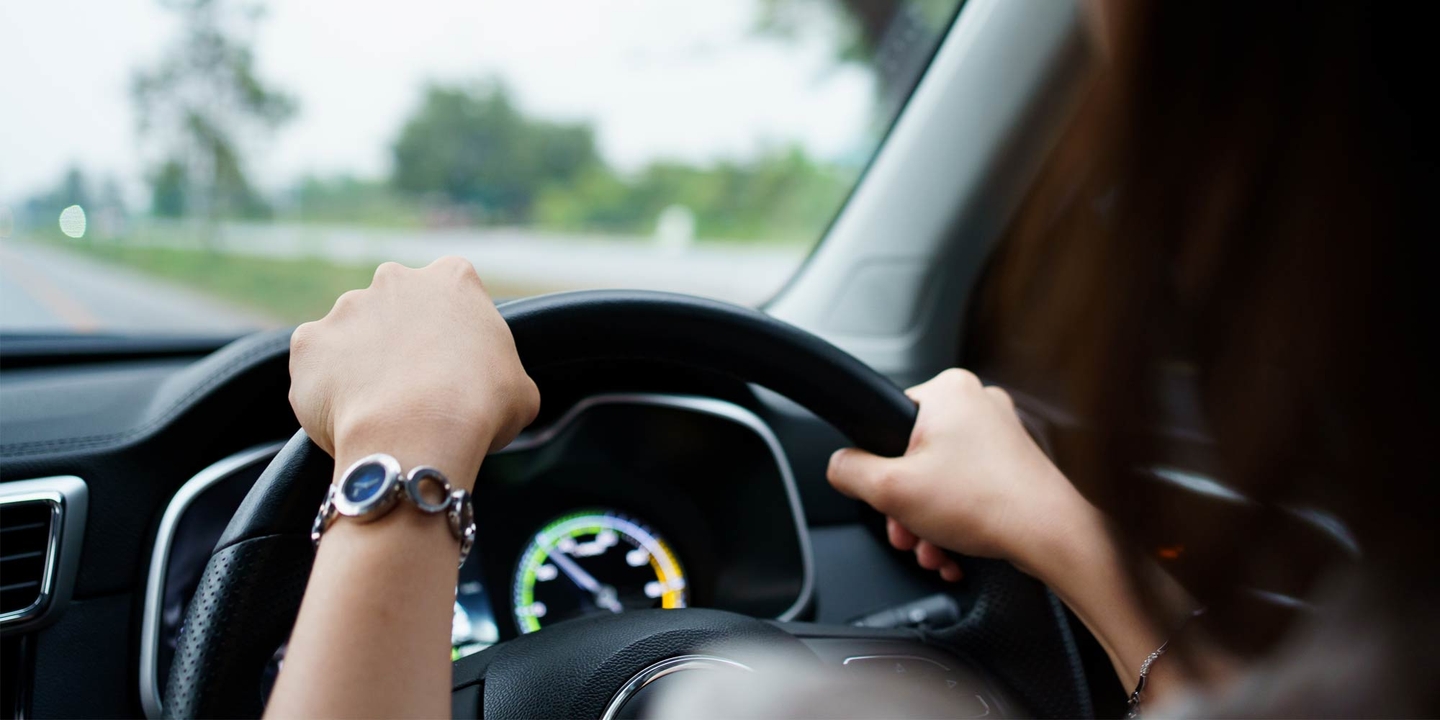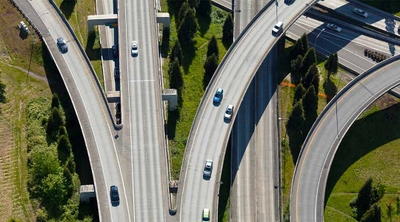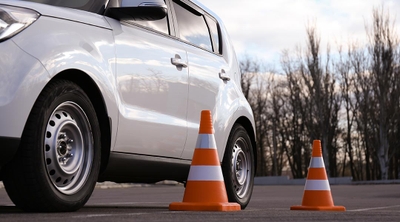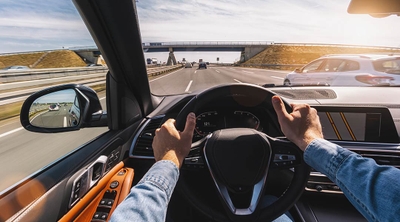How to use cruise control
4 min read
To use cruise control, you can typically press buttons on your steering wheel to activate the system, set your speed, adjust your speed up or down within the system, and deactivate the system. Using cruise control lets you set a speed for your car to maintain even if you take your foot off the gas. On long trips, it can reduce driver fatigue. Cruise control can also prevent speeding and increase fuel efficiency by limiting unnecessary acceleration and braking.
What is cruise control?
Cruise control is a feature on some vehicles that allows the driver to take their foot off the accelerator while the onboard computer maintains the vehicle’s speed. Within cruise control, you can typically also adjust your speed up and down using buttons.
How does cruise control work?
Modern cruise control is electronic and uses a computer to control your car’s speed. According to Scientific American, cruise control in cars has been around since the early 1900s, but it’s changed over time. Early versions were mechanical, using a second throttle lever mounted to the steering wheel.
Electronic cruise control now comes standard on most cars. Even models that don’t include cruise control on the base model almost always have a car trim level that includes it.
Adaptive cruise control (ACC) is the latest type of cruise control that’s becoming widely available in cars. ACC maintains your speed but incorporates sensors to measure the distance to the car ahead. Once you set a distance, the ACC adjusts your speed to ensure you stay at that distance — usually a car length or two.
According to our report on how car technology impacts safety, adaptive cruise control can be a little confusing for drivers, so learning how to use it correctly is essential.
How to set cruise control
1. Check your car’s controls
If it’s your first time using your car’s cruise control system — or if you’re not 100% sure how to turn on cruise control in your car —the process starts before you crank the engine. Get the car’s manual and learn what each cruise control button does. Different makes and models may have different combinations of buttons or features.
For example, some cars have a combined button to set the initial speed and accelerate. Others have fine-tuning buttons that you can click to increase or decrease your speed by a set amount, often one mph.
2. Evaluate the road
Once familiar with your car’s cruise control system, you can try it out. Wait for a moment when it’s appropriate to use cruise control before turning it on. Check that the road is clear, that weather conditions are good, and that you’re on a highway or a road where you won’t have to stop or change speed often. If conditions are right to use cruise control in your car, turn on the system.
3. Come up to speed
Once the cruise control is active, you’ll need to use your gas or brake pedal to bring the car to the speed you want and then use the “set speed” button to lock in your speed. Make sure your speed is within your area’s established speed limits.
4. Set distance for ACC systems
If you have adaptive cruise control, you may need to set your distance so the system knows how much gap to leave between you and the car ahead of you. Check your owner’s manual for specifics on how your system works. Some manufacturers include three settings, while others can have up to five. If you have ACC, the car will automatically brake and accelerate to keep the correct distance while generally maintaining your set speed when possible.
5. Stay alert
Cruise control isn’t autopilot. While knowing how to use cruise control can reduce leg fatigue, it can require more mental concentration. The car will maintain speed even if road conditions change, so you must carefully pay attention to the road and traffic. When you’re using your car’s cruise control feature, don’t forget your defensive driving skills.
6. Adjust speed as necessary
If you want to speed up or slow down, use the appropriate control. Accelerating with the cruise control system in a car is like using the pedal in terms of acceleration rates and should feel familiar. Slowing down is akin to taking your foot off the gas and won’t slow the car as fast as applying the brake. When decelerating using the cruise control, give yourself adequate time to change speeds or use the brakes to slow down and hit the “set speed” button again.
When to use cruise control
Cruise control is best suited for long drives on large, straight roads such as an interstate highway with cars traveling at a relatively constant speed. It’s inappropriate in stop-and-go traffic; when weather conditions are snowy, icy, or even heavy rain; on narrow, curvy roads; or with frequent speed limit variations. The time and attention it takes to disengage the cruise control in these situations could lead to a crash.
Does cruise control use more gas?
In some cases, it can conserve gas rather than use more gas. Quick acceleration and deceleration change the vehicle’s momentum drastically and wastes fuel. So, using cruise control is most fuel-efficient on level highways and long uphill and downhill grades.
Is there a downside to using cruise control?
One potential downside to using cruise control is that it can result in the driver having a reduced reaction time when they must respond quickly to an unexpected situation on the road. Motorbiscuit reminds drivers that cruise control is not a hands-free driving feature. Distracted driving is a bad driving habit that can lead to crashes, so always stay alert.
Cruise control can not only potentially help you get better gas mileage but also make driving much more comfortable.




